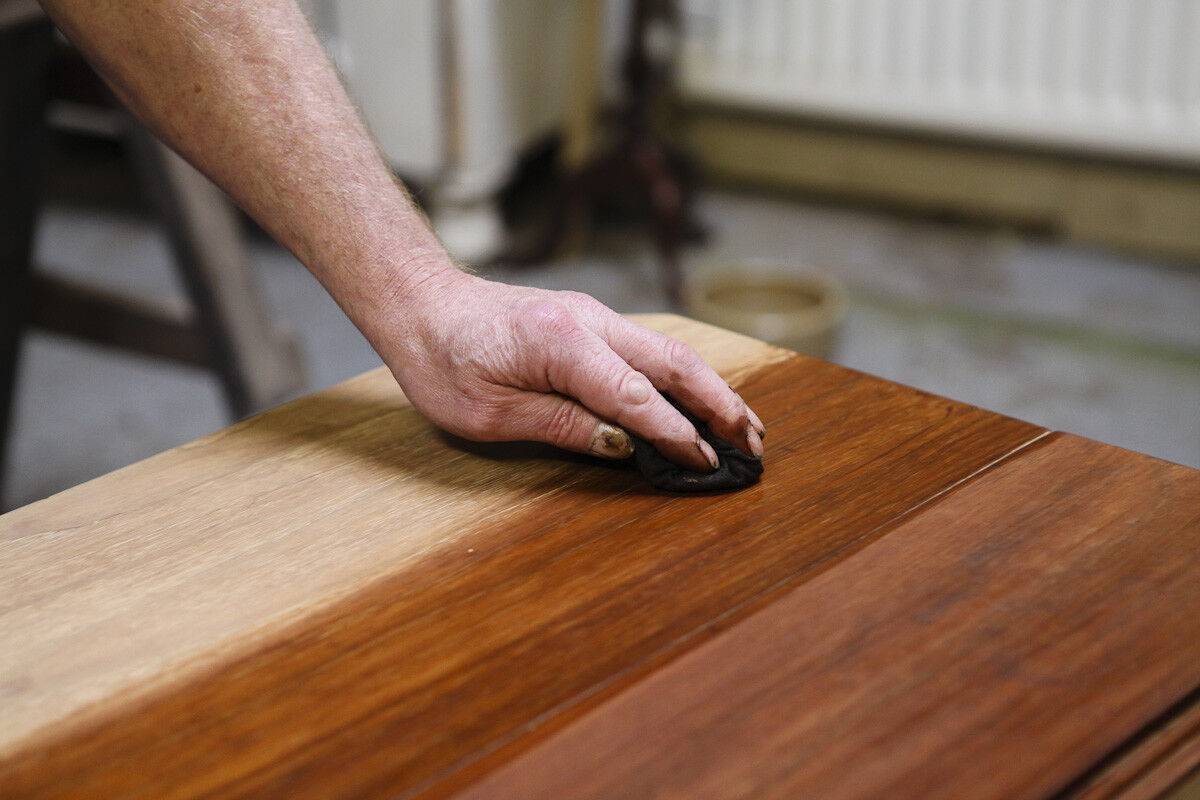The French Polishing Renaissance: Giving Contemporary Furniture Timeless Elegance
The French polishing resurgence in modern furniture design and craftsmanship is bringing timeless elegance to modern furniture. French polishing was considered the pinnacle of high-quality furniture finishes, particularly during the Victorian era. French polishing finishes wood by applying numerous thin coats of shellac with a rubbing pad.
What are the advantages of French polishing for contemporary furniture?
Unparalleled Aesthetic Glory: One of the most notable benefits is Unparalleled Aesthetic Glory: French polishing offers furniture a rich, lustrous shine that brings out the wood’s inherent beauty.
Depth of Finish: When precisely applied, several thin shellac layers provide a finish with uncommon depth and clarity.
Flexibility in Repair: Minor dings and scratches on French polished surfaces may usually be fixed without removing the entire finish. Because of this, touch-ups and small repairs are easier to do than with certain other finishes.
Environmentally friendly: The main component of French polishing, shellac is a natural substance secreted by the lac bug. It is a reliable option because it is renewable and does not release harmful organic compounds.
Historical and Authentic Feel: French polishing provides an authentic touch for those attempting to imitate or uphold a historical or classic design style.
Sustainability: The materials used in classic French polishing, especially shellac, are biodegradable and sourced responsibly.
Added Value: A well-applied French polish can raise the furniture price while improving its craftsmanship and aesthetic appeal.
The French Polishing Technique and Art
What materials are used in French polishing?
Shellac flakes: The raw material used to create the shellac solution is known as “shellac flakes,” it is frequently offered in various colours.
Methylated Spirits (Denatured Alcohol): serves as a solvent for dissolving the shellac flakes and the shellac’s emulsifier.
Rubber: To manufacture the “rubber,” the primary applicator for French polishing, cotton or linen rags are used. Wool or cotton wadding is used as the inner core of the “rubber” to contain the shellac solution.
Stones: Pumice or fine-rotted stone is an extremely fine abrasive that can fill small wood pores and aid in finishing.
Linseed oil: Whether raw or boiled, linseed oil acts as a lubricant during the polishing process and facilitates a smoother application.
The Art and Technique of French Polishing Preparation involve the following steps:
Avoid blemishes: Make sure there are no blemishes or scratches by sanding the hardwood object to a smooth surface. Shifting from coarser to finer grit sandpapers eliminates any leftover dust or dirt. You can check online to find providers of the finest furniture restoration London residents can rely on.
Shellac Solution Preparation: Remove the shellac flakes in denatured alcohol. A usual ratio is 2:1, which is two parts alcohol to 1 part shellac by weight, depending on the desired thickness. Mix the flakes occasionally for at least 24 hours to help them dissolve.
Getting the Rubber Ready: Take the cotton or linen rag and construct a tight, flat pad by wrapping it around a wad of cotton or wool. Use this pad, also called the “rubber,” to apply the shellac.
Seal the Wood: Use the rubber to apply a thin layer of the shellac mixture to the wood.
How to Fill the Grain: A further step known as filling might be required for woods with open grains. Apply with the rubber after blending with a little shellac to smoothen the surface and plug the pores.
Getting In: The majority of the French polishing procedure takes place here. Apply the shellac in tiny, circular motions using the rubber dipped in the solution. A small amount of oil can be added for the rubber to glide over the surface more easily. Coats are put in successive layers, allowing each to dry before adding the next.
Leaving Spirited: The surface is smoothed, and any remaining oil is removed during this final step. It is rubber-filled with more alcohol and a mixture of shellac.
And finally, the last buffing. The polished piece can be rubbed with a soft cloth to enhance the glow and guarantee an even finish once it completely dries (often after 24 hours or more). Remember that French polishing is both a method and an art that requires practice and patience. We kindly request you to conduct thorough research on ‘French polishing near me‘ as part of your project. This investigation will provide valuable insights and inform our strategic decisions moving forward.
Read more: Online Football Betting: Thrills, Chills, and Cash in the Stands

